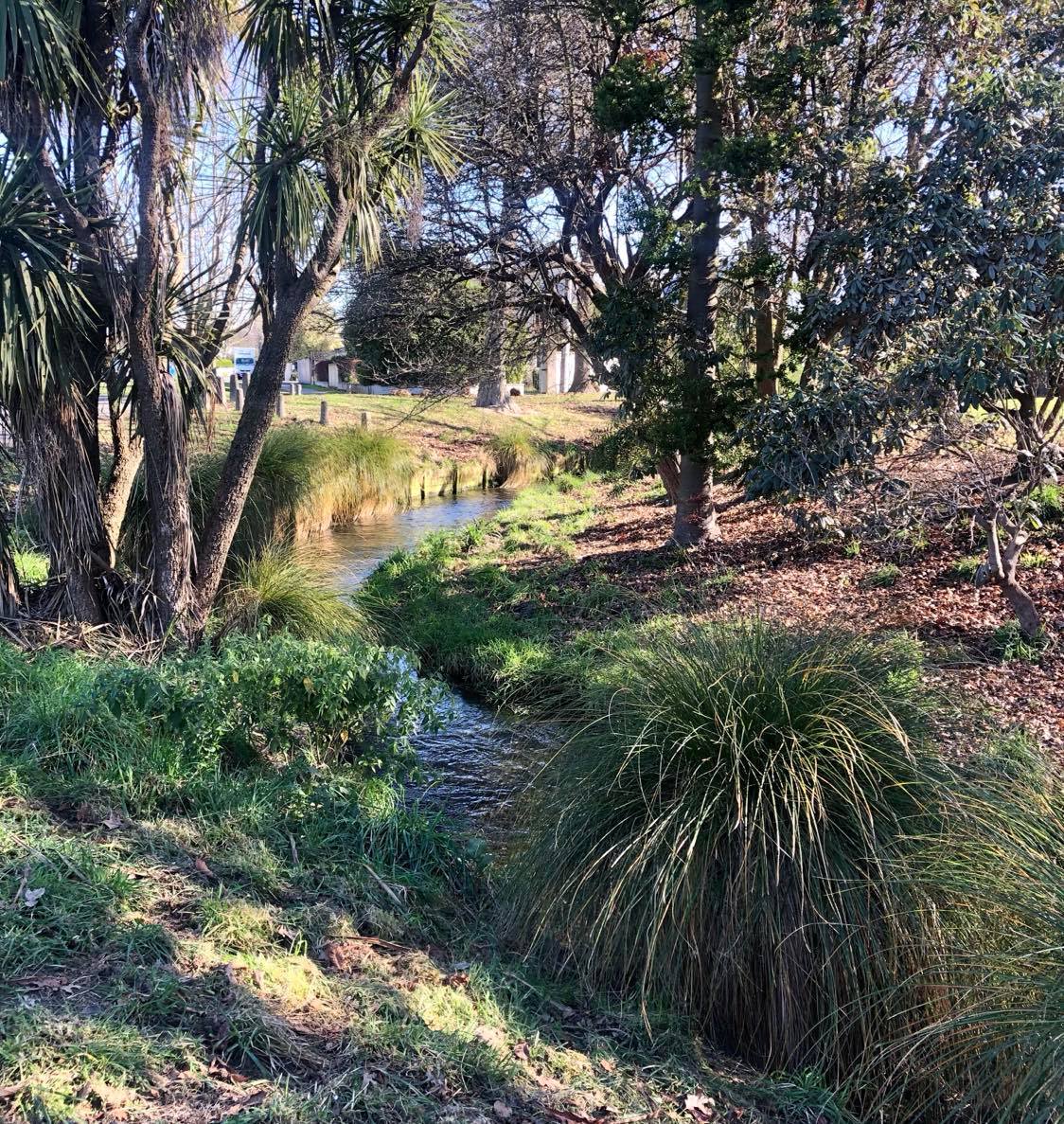Good morning all,
When I think of fish & chips, I think of summer evenings, beach cricket and ciders. What I don’t think of is the more than 400 seabirds, 27 fur seals, and 9500kg of coral that were killed as bycatch over a six-month period from October 2021 – March 2022. Stuff article “The death toll from our appetite for fish and chips” by Vance (2022) highlights the destruction of current commercial methods. The Government has a zero bycatch target in domestic waters, yet new data from the Ministry for Primary Industries shows the commercial fishing industry is failing to reduce the number of creatures killed by longline and trawling vessels (Vance, 2022). This post is going to briefly explore the issue, identify the environmental management problem, highlight weaknesses in the current management approach and propose a possible IEM approach to management.
Let’s step back and understand why this is a problem. New Zealand is a global hotbed for diverse and abundant marine life. It houses 92 species of indigenous seabirds, at least 52 indigenous marine mammal species and a variety of protected sharks and corals (Forest and Bird, 2020).
The Government is responsible for administering the Fisheries Act 1996 and its supporting regulations. The Act gives “commercial, recreational, and customary fishers access to resources while ensuring fish stocks are managed sustainably” (Ministry for Primary Industries, 2021). The Act includes law about the application and administration of the Quota Management System (QMS). The QMS sets rules around total allowable catch and avoiding, remedying, or mitigating any adverse effects of fishing on the aquatic environment.
Currently, the effects of bottom trawling are managed through closing certain areas to trawling and limiting fishing vessel sizes in certain areas. The seafloor is protected by piece-meal actions such as marine mammal sanctuaries, recreational areas and submarine cable closure zones (Ministry of Primary Industries, n.d.). The catch limits imposed under the Quota Management System also act to limit the amount of trawling that occurs, but there is no specific policy protecting the sea floor from bottom trawling.
Information measuring trawl footprint and impact has been largely under resourced. The activity has been happening for over 50 years in New Zealand yet in 2021, Fisheries New Zealand was only just in the process of completing “comprehensive” research on bottom trawling and its impacts on marine biodiversity.
An IEM approach would consider an ecosystem-based management of fisheries that takes a holistic view. Considering the Government has recently adopted a biodiversity strategy to address the biodiversity crisis, this could include increasing marine protections and stronger legislation guiding management of fisheries.
References
Forest and Bird (2020). Pathway to Zero Bycatch. Retrieved from https://www.forestandbird.org.nz/sites/default/files/2019-08/a%20pathway%20to%20zero%20bycatch_final.pdf
Vance, A. (2022, August 30) The death toll from our appetite for fish and chips. Stuff. https://www.stuff.co.nz/environment/129711786/the-death-toll-from-our-appetite-for-fish-and-chips
Ministry for Primary Industries (2021, July 29). Introduction to fisheries legislation. New Zealand Government. https://www.mpi.govt.nz/legal/legislation-standards-and-reviews/fisheries-legislation/introduction-to-fisheries-legislation/#:~:text=The%20Fisheries%20Act%201996%20and%20sustainability&text=The%20Act%20gives%20commercial%2C%20recreational,many%20fish%20can%20be%20harvested
Ministry for Primary Industries (n.d.). Bottom trawling. New Zealand Government. https://www.mpi.govt.nz/fishing-aquaculture/sustainable-fisheries/strengthening-fisheries-management/bottom-trawling/
